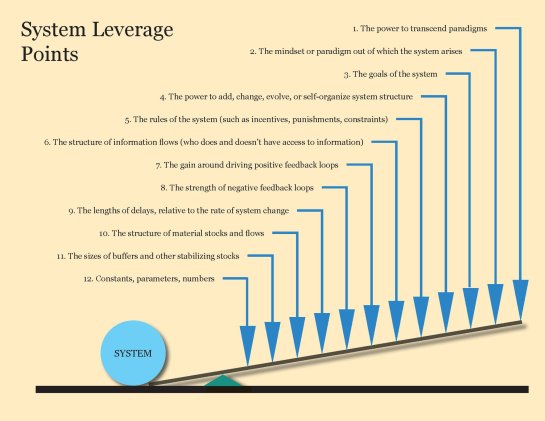The Needs of Employees: What’s at Stake for Businesses
Employees are the backbone of any successful business. Their performance and satisfaction directly impacts a company’s bottom line. This means businesses have a vested interest in attending to the needs of their workforce. However, doing so requires commitment and resources. What exactly is at stake when it comes to meeting employee needs? Let’s explore the potential risks and rewards underpinning the Antimatter Principle.
What Businesses Stand to Lose
Ignoring employee needs can be costly for companies in many ways:
- Reduced productivity and performance: Employees who feel their needs aren’t being met are less motivated, engaged, and productive at work. This negatively impacts the quality and efficiency of their output.
- Higher turnover: Dissatisfied workers are more likely to leave their jobs in search of better opportunities. High turnover disrupts operations and incurs substantial replacement costs.
- Damaged employer brand: News of poor working conditions and unmet needs spreads quickly. This damages a company’s reputation as an employer, making it harder to attract and retain top talent.
- Litigation risks: Disgruntled employees may take legal action over issues like discrimination, harassment, unsafe working conditions, privacy, or wage violations. Lawsuits are both expensive and damaging PR-wise.
- Toxic culture: Ignoring needs can breed negativity, resentment, and low morale among staff. This creates a stressful, unmotivated culture that further reduces productivity.
What Businesses Stand to Gain
On the flip side, making employee needs a priority and attending to them a intrinsic part of BAU can pay off tremendously:
- Improved recruitment and retention: Employees are drawn to supportive companies with great benefits, culture, and working conditions. Catering to needs helps attract and retain top talent.
- Higher productivity: Employees who feel their needs are met work more effectively and deliver better results. A happy, healthy workforce is a productive workforce.
- Enhanced loyalty and engagement: When companies show they care, employees respond with greater commitment, passion, and loyalty. This directly fuels performance.
- Better customer service: Needs like training and empowerment equip staff to deliver exceptional service that keeps customers happy and loyal.
- Reduced risks: Addressing needs like safety and wellness protects staff while minimising potential injuries, lawsuits, and PR crises.
- Employer brand building: Exceptional benefits, culture, and practices earn rave reviews from staff. This builds a company’s reputation as a premier employer.
The Takeaway
While it requires investment, making employee needs a priority provides significant upside for businesses. On the other hand, ignoring needs exposes companies to major risks and hidden costs. The message is clear: by taking care of the needs of employees, businesses also take care of their own interests. The potential rewards of meeting needs make it a win-win proposition.


